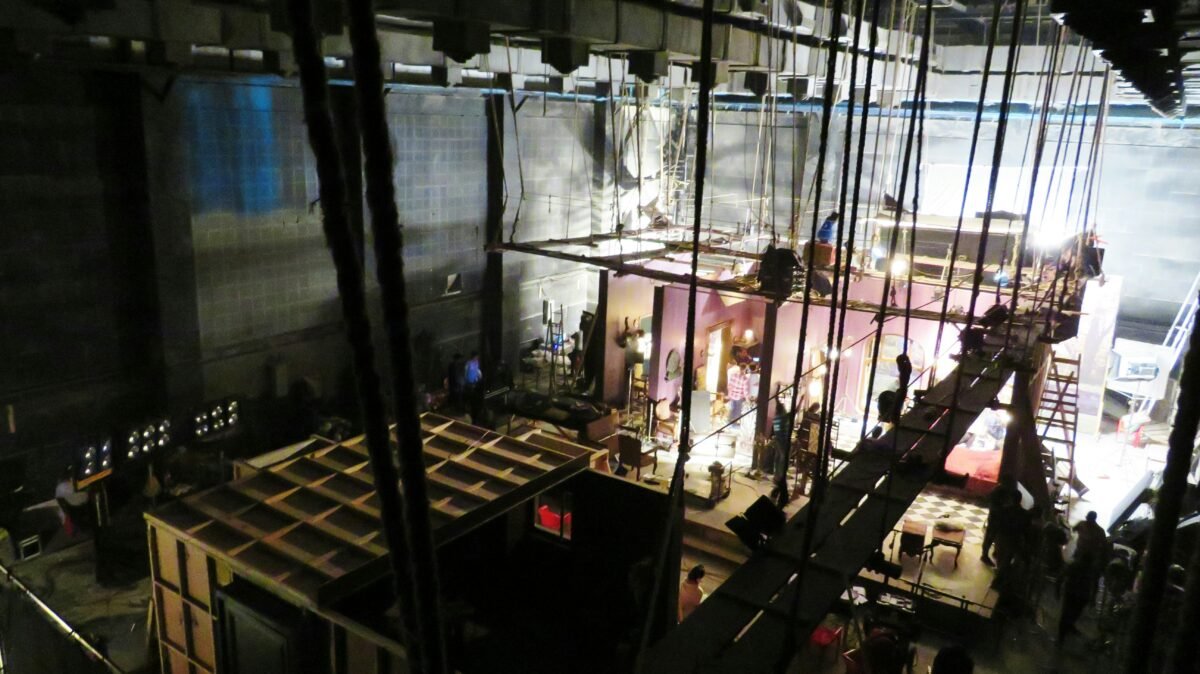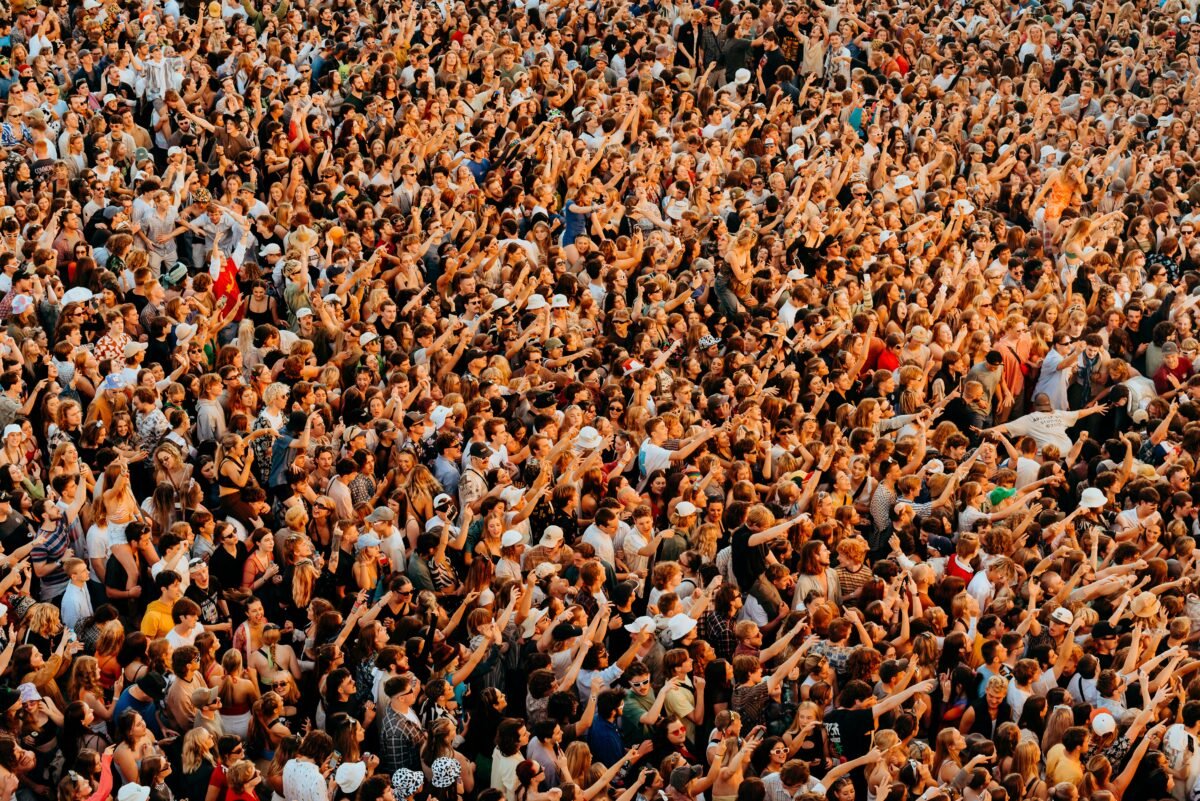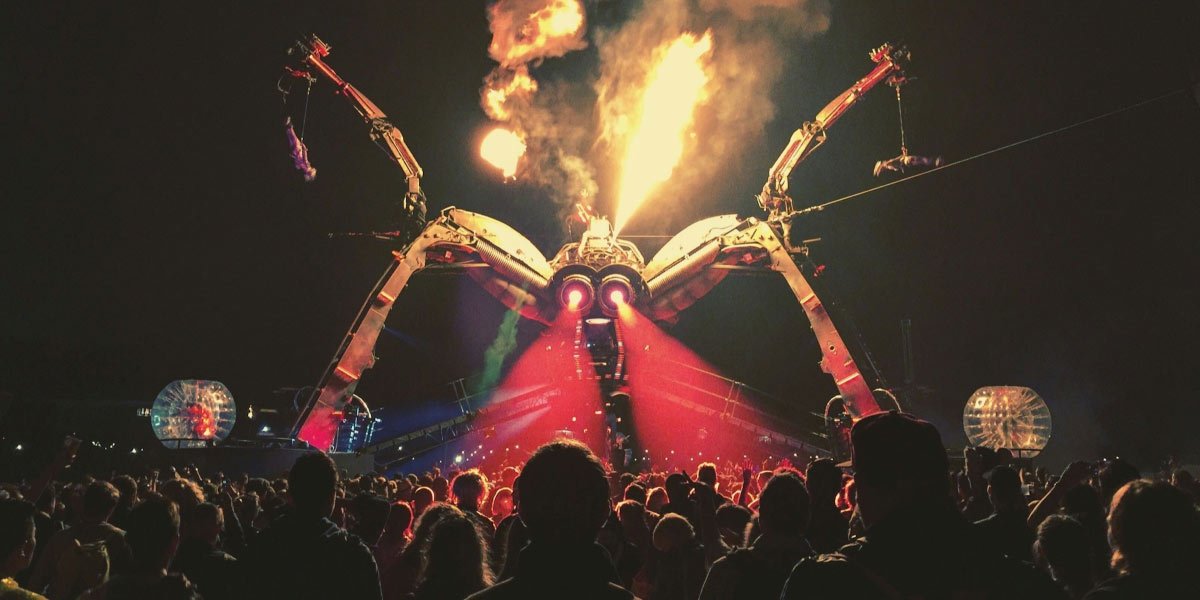Contemporary Art Meets Innovation in the Digital Age
Contemporary Art and the Digital Shift: How Technology Transforms Creation
Contemporary art has always been a mirror of its time, reflecting social movements, personal identities, and cultural shifts. As technology evolves, it reshapes not only how artists create but also how audiences engage with their work. In studios, on screens, and through immersive installations, the fusion of art and innovation is redefining creative boundaries. The digital era is not simply adding new tools to the artist’s kit—it’s rewriting the very language of contemporary art.
Read Also: From Extravagance to Individuality: The Evolution of Experimental Fashion in Pop Music
How Are Artists Using Technology in Their Creative Process?
Artists today are experimenting with tools that stretch far beyond canvas and paint. Digital tablets, augmented reality headsets, and artificial intelligence programs have entered the studio space, becoming essential instruments of expression. These tools don’t replace traditional methods—they extend them.
A sculptor may now design complex forms using 3D modeling software before printing them layer by layer. A painter might use an iPad to sketch and adjust concepts on the go. A video artist could collaborate with AI to generate entirely new visual experiences. These shifts show how technology enables contemporary art to evolve without erasing its past.
Some creators use programming languages as their medium, coding interactive experiences that respond to viewers’ movements or voices. Others explore virtual reality to build immersive spaces where the viewer becomes a participant rather than an observer. The result is an expansion of what it means to be an artist in the digital age—where ideas move quickly from imagination to realization.
What Role Does Technology Play in Audience Engagement?
Technology isn’t just changing how art is made—it’s transforming how it’s shared and experienced. Galleries once limited to local audiences are now accessible to global viewers through virtual exhibitions. Museums stream guided tours, and artists broadcast live from their studios, giving the public front-row seats to the creative process.
This shift in access is creating a more inclusive art world. People who might never step foot in a physical gallery can explore works online, interact with artists on social media, or attend a virtual opening from home. Technology has given contemporary art a new stage—one without walls or closing hours.
Digital platforms also encourage more active participation. Visitors might scan a QR code next to a piece to unlock layers of meaning, watch the work evolve over time, or even contribute to the artwork themselves. This interactivity helps break down barriers between creator and viewer, turning passive appreciation into a shared experience.
How Has the Definition of Contemporary Art Expanded?
As technology becomes more integrated into artistic practice, it stretches the definition of what contemporary art can be. Digital installations, algorithm-driven paintings, and even blockchain-authenticated pieces challenge traditional notions of authorship, originality, and permanence.
Take the example of generative art—works created with algorithms that produce different outcomes each time they run. No two versions are alike, and the process becomes just as important as the final product. This idea upends the old belief that an artwork must be fixed and unchanging.
Another shift lies in the use of data as material. Some artists use real-time environmental or social data to shape dynamic visuals or soundscapes. Others explore machine learning to allow a system to “learn” an artistic style and produce new interpretations. These experiments raise new questions: Can a machine be creative? Who owns the output when it’s co-authored by code?
Technology also introduces new contexts for viewing. Digital frames allow moving art to hang on home walls. Public installations now include projection mapping or responsive LED structures that react to foot traffic or weather. All of these innovations show that contemporary art is not confined to the gallery—it can appear on a phone, a sidewalk, or across the sky.
Are There Challenges in Merging Technology and Art?
While the intersection of technology and art presents exciting opportunities, it also raises challenges. Artists often face steep learning curves when adopting new tools, and not all have equal access to the hardware or software needed to experiment digitally.
Preservation is another concern. Unlike oil paintings, digital works may degrade due to software updates, outdated file formats, or discontinued platforms. Artists and curators must now consider not just how to create but how to future-proof their work.
Then there’s the question of authenticity. With digital media, reproductions can be identical to the original. How does one determine value or ownership in a medium built on duplication? This has led to complex debates around copyright, licensing, and digital rights management within the art world.
Despite these hurdles, many artists embrace these challenges as part of the creative journey. They view constraints as catalysts for innovation rather than obstacles, finding meaning in the tension between the new and the traditional.
Read Also: Rising Music Artists You Need to Hear Now
Why Does Technology Matter in the Evolution of Contemporary Art?
Technology is not simply a backdrop for contemporary art—it is a driving force in its evolution. By expanding creative tools, opening new modes of engagement, and challenging conventional boundaries, technology pushes artists to rethink what art can do and whom it can reach.
Contemporary art has always responded to the world around it, and today’s world is digital, connected, and constantly changing. Whether through augmented reality murals or AI-generated music videos, artists are finding ways to reflect and critique the world through new lenses. The result is a vibrant, ever-shifting field that invites dialogue and demands attention.
By embracing technology, contemporary art becomes more than an aesthetic—it becomes an experience, an interaction, and often a question. Where does creativity end and computation begin? Can a network be a canvas? These are the questions today’s artists are asking—not just in theory, but through the very work they produce.










